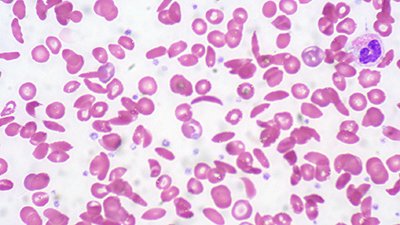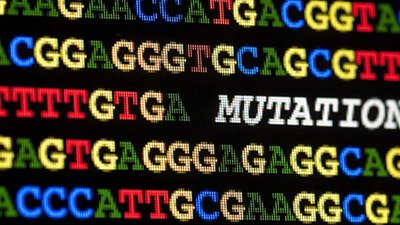Cryptic Mutations
Cryptic variation and preadaptation—fancy words for the obvious.
News Source
- Ars Technica: “Cryptic Mutations Could Be Evolution’s Hidden Fuel”
Evolutionary biologists from Zurich say they have the first “direct evidence” for ideas that have “been around for a while.” These ideas, accepted without proof since the mid-twentieth century, were the logical explanation for “how complex traits, seemingly far too complex to be explained by one or a few mutations, could arise.”
The idea that mutations can randomly accumulate without consequences or advantages, evading the judgment of natural selection, is called cryptic variation. When conditions develop that make that random set of mutations useful, that’s called preadaptation. In other words, organisms with some lucky mutations are ready for certain challenges. And those organisms that survive the challenges and reproduce are said to have evolved.
The researchers claim to have provided “concrete experimental demonstration” of these principles. Eric Hayden and Andreas Wagner “evolved ribozymes in test tubes of chemicals, then moved them to a new chemical substrate, a shift analogous to requiring animals to suddenly subsist on a new food source. The ribozymes that flourished were those that had accumulated specific sets of cryptic mutations in their former environment.”
Ribozymes are enzymes made of RNA instead of amino acids. RNA is made of nucleotides, like DNA, but is single-stranded. Ribozymes, like most enzymes, function in part due to their particular geometric shape. That shape is largely determined by the interaction of the nucleotides comprising the ribozyme. Some ribozymes are able to copy themselves, and copying mistakes are analogous to mutations.
The survivors could then be copied, so the new population had ostensibly “evolved.” But had it? The ribozymes were still ribozymes. They were not some other kind of molecule, just variations of the original.
So when the researchers put the ribozymes into a new environment, those ribozymes whose mutations best equipped them to survive did so. The survivors could then be copied, so the new population had ostensibly “evolved.” But had it? The ribozymes were still ribozymes. They were not some other kind of molecule, just variations of the original.
The researchers point to this as proof of the mechanism of bacterial resistance. Yet bacterial resistance is no more evolution today than it ever has been. Many genetic possibilities exist in the genomes of organisms, and mutations add to the variety by eliminating some of the existing information. In addition, bacteria are able to receive additional genes from other bacteria. If the mutants or variants which happen to be prepared for new challenges are around when those challenges strike, they survive and reproduce. The new population results from a reshuffling of pre-existing information. That’s not evolution; it’s just natural selection. This is the mechanism God put in place to produce genetic variability within the created kinds.
Further Reading
- The Genesis of Pathogenic E. coli
- Antibiotic Resistance of Bacteria: An Example of Evolution in Action?
- The Role of Genomic Islands, Mutation, and Displacement in the Origin of Bacterial Pathogenicity
For More Information: Get Answers
Remember, if you see a news story that might merit some attention, let us know about it! (Note: if the story originates from the Associated Press, FOX News, MSNBC, the New York Times, or another major national media outlet, we will most likely have already heard about it.) And thanks to all of our readers who have submitted great news tips to us. If you didn’t catch all the latest News to Know, why not take a look to see what you’ve missed?
(Please note that links will take you directly to the source. Answers in Genesis is not responsible for content on the websites to which we refer. For more information, please see our Privacy Policy.)
Recommended Resources

Answers in Genesis is an apologetics ministry, dedicated to helping Christians defend their faith and proclaim the good news of Jesus Christ.
- Customer Service 800.778.3390
- © 2024 Answers in Genesis







